The only reasons I have are practicability and cost. On my budget, testing isn't an option. Growing only two plants at a time, I don't see it as being practical.
If I were doing some serious numbers, like some of you, testing would be a given. Until such a day, I will pay close attention and tweak my micro grow soil based on what I learn.
INdeed, but you started out with a plan that has science behind it, something that is both tried and true.
A hobby grower need not get all the testing done all the time, because others have done the testing and have provided an easy way to duplicate via soil recipes and the like.
On the other hand, here's my story:
I started off knowing a fair bit about organic vegetable gardening. I'm also pretty well educated in basic science and know how to read scientific literature AND I know how to learn.
Even so, when I went on the pot forums to learn how to grow cannabis, I came to the conclusion that it was unique and cultivating it was unlike any other plant. I never pH'd my veggie garden......
Well, after a couple grows I realized that cannabis is no different than a tomato. A good tomato farmer can be a good cannabis farmer. It's a good place to start, anyways.
So, I began to move towards organic supersoils, because I heard they were 'super' and they made sense. I had very good results!
Then, as I began to learn about nutrient density and what makes really good vegetables it led me into the HIgh Brix concept and so I went about DIY high brix soil.
I "invented" (not really, just distilled information the best I could) the 6-5-3 rock powder ratio's. I started to mineralize super soil and had even better results than with regular supersoil.
Then, I started learning about the calcium/potassium ratio and thought that my soil was probably ideal....so I got it tested and it failed MISERABLY. So I tested another, and another and another.....and soon realized that any soil that came already fertilized was probably going to fail......and finally found Promix passed.....barely. Potassium was right on the cusp of being too high, but it was workable.
What I'm trying to say is that DIY taken to it's logical end results in a soil test! And my DIY failed.....
So, once I got a base soil that could be worked with, I humbly followed the lab's fertility recommendations and the rest is all documented on these forums. No bugs, no disease, very little staking up of plants....and really nice product.
I'm still doing DIY, btw. I start with a lab designed soil and then do little things here and there to see what happens. I have a refractometer to test results in real time, and a lab to test the soil when I think I might have done something good.
The point is that I start with a proper soil and I know exactly how much of what I added to it. I'm not trying to re-invent the wheel every run....someone else already invented the wheel.
There's nothing wrong with playing around in the garden! It's a wonderful, healthy hobby. But if you're trying to grow the very best you can grow why not start with the right soil? There's still plenty of room to tweak and change and still stay in the Nutrient Dense zone....add a bit of iron on one run....just a small amount of something else on another run and see what subtle changes in the produce occur....all while keeping brix up in the teens.
That's my idea of DIY. Instead of seeking nutrient density via trial and error.....just START THERE and then DIY your way into exotic flavors and smells.




 Thx Doc!
Thx Doc!
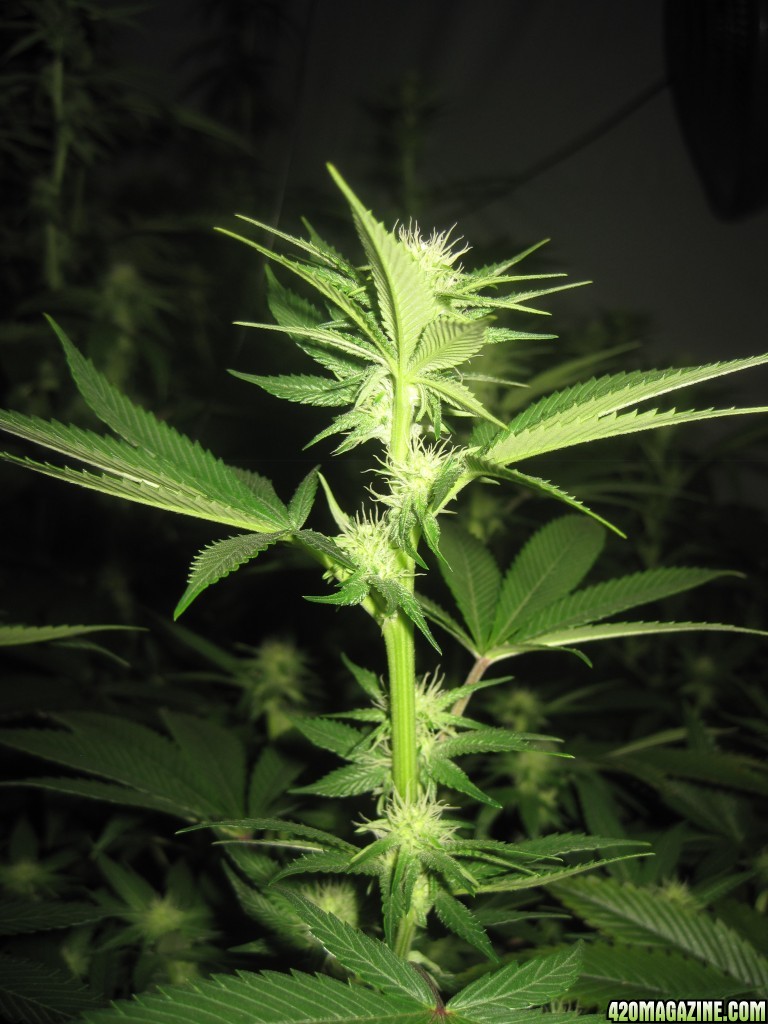
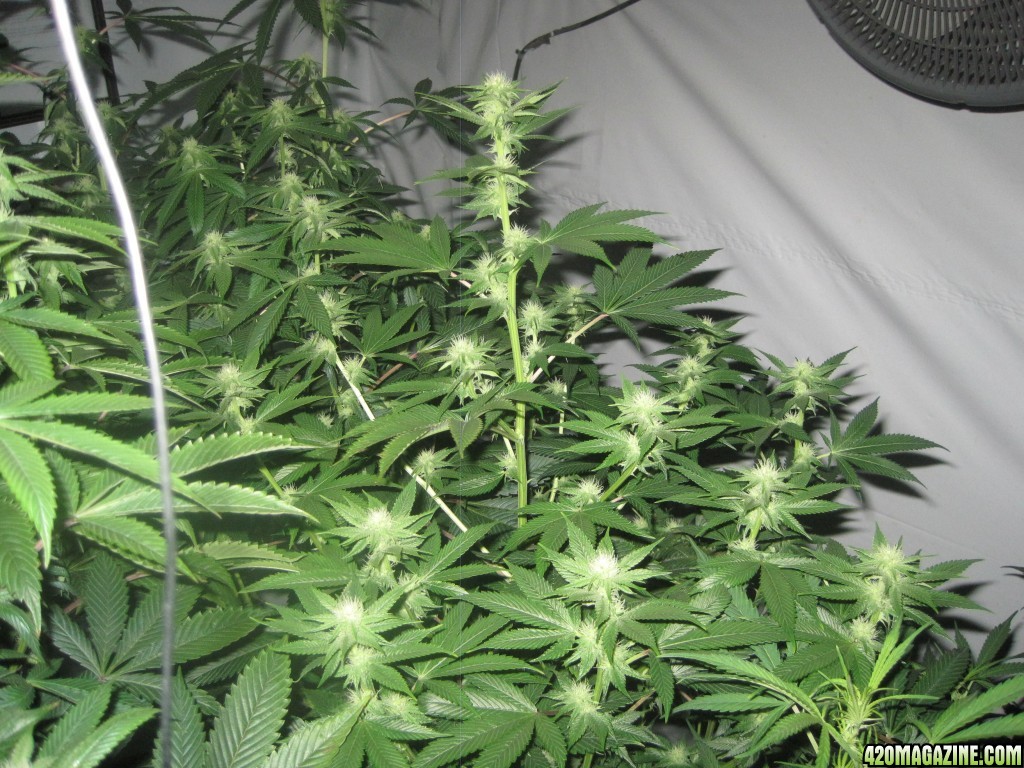
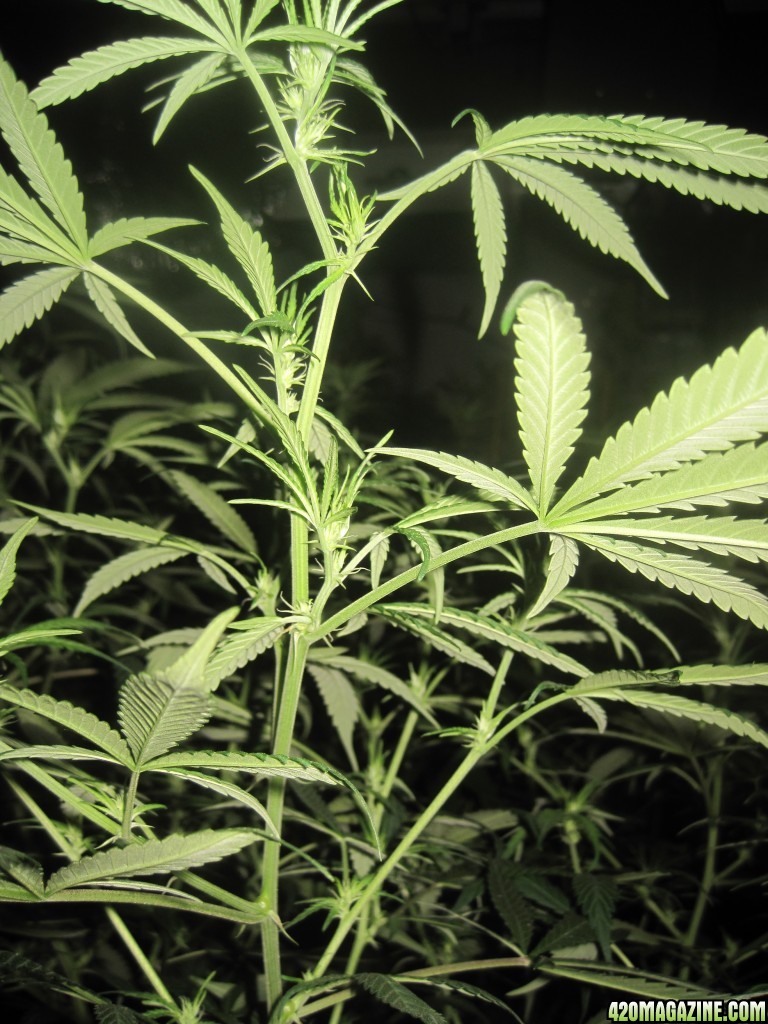





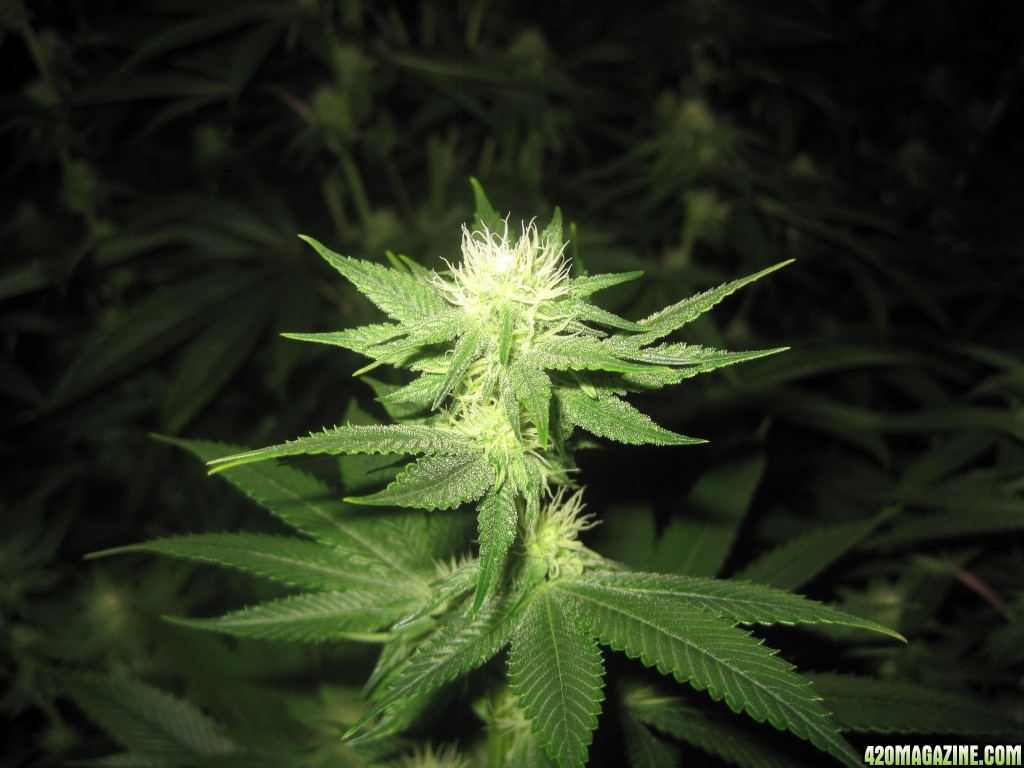
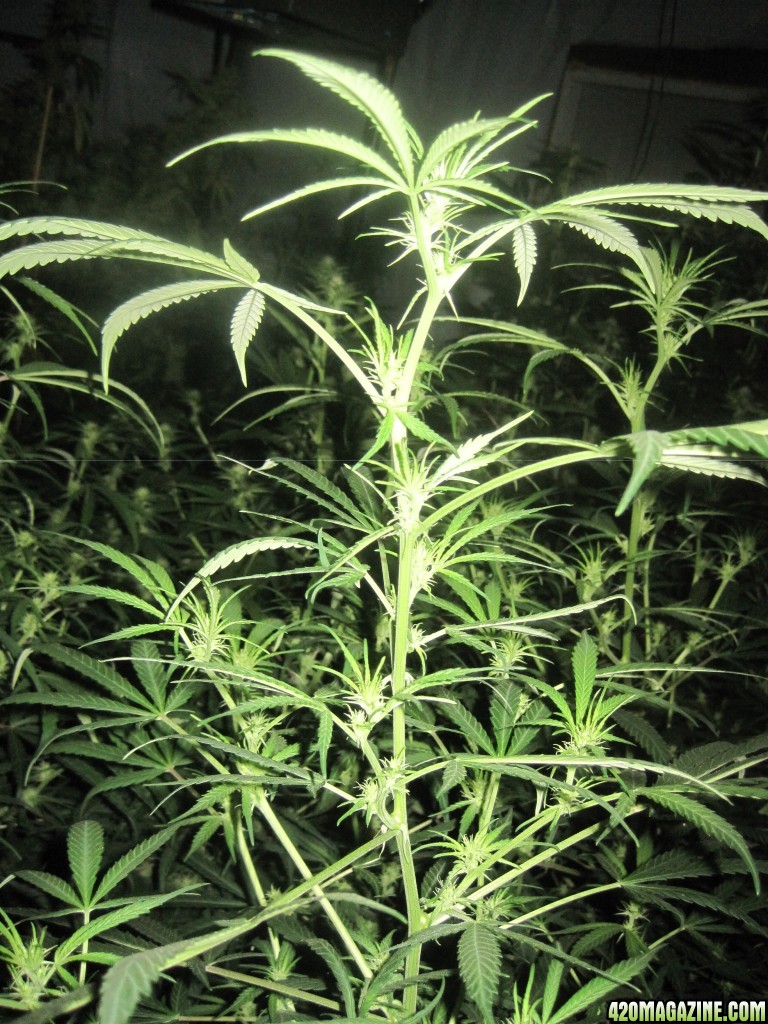
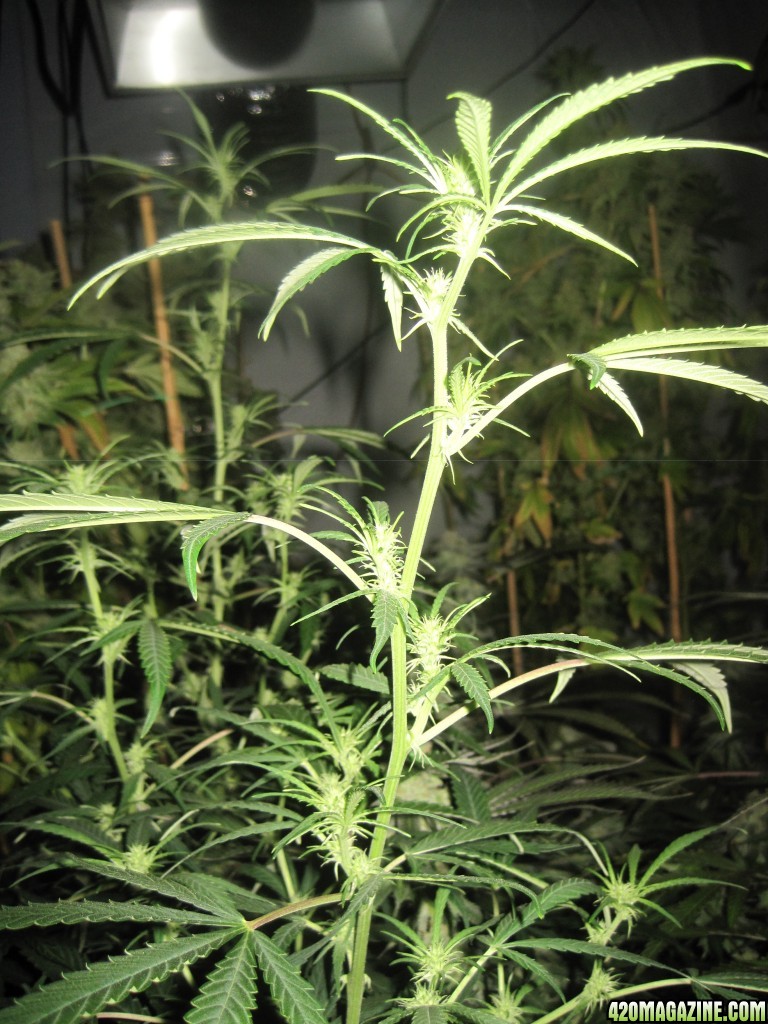
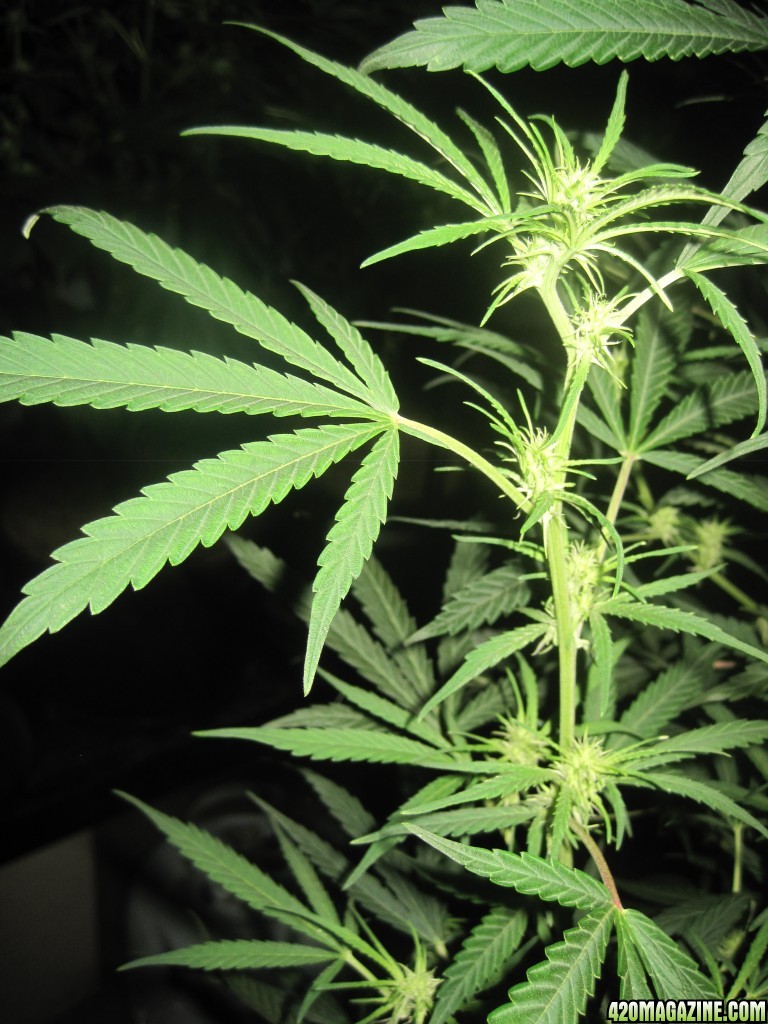
 Holy smokes....go away for a week and now i don't have time to catch up.Doc...can't wait to check out your tube stuff with 420 mag. Sounds like it's gonna cook!
Holy smokes....go away for a week and now i don't have time to catch up.Doc...can't wait to check out your tube stuff with 420 mag. Sounds like it's gonna cook! 